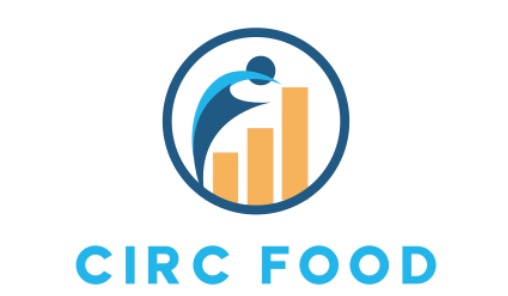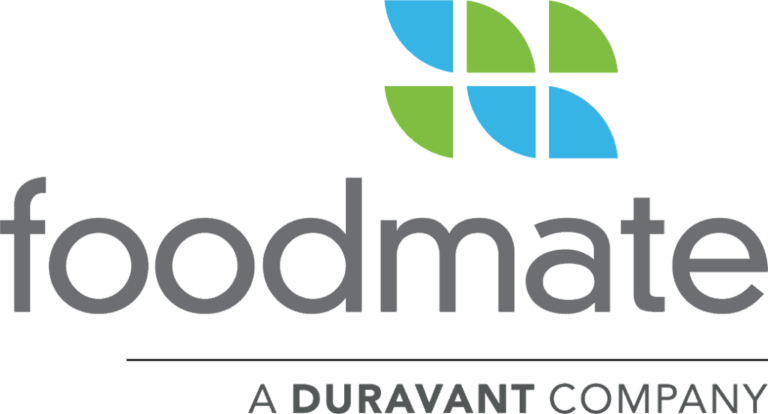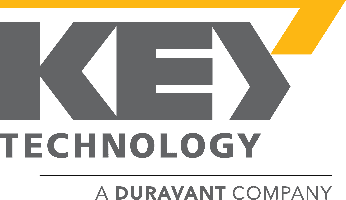Understanding Induction Metal Heaters and Their Applications
Induction Metal Heaters have emerged as a powerful and efficient technology in various industrial applications, revolutionizing the way metals are heated. According to a recent report by the Global Induction Heating Machines Market, the segment is projected to reach $1.6 billion by 2025, growing at a CAGR of 6.2%. This surge can be attributed to the rising demand for energy-efficient heating solutions in industries such as automotive, aerospace, and manufacturing. Induction heating not only minimizes energy consumption but also enhances precision and reduces operational hazards, setting it apart from traditional heating methods. As industries strive for greater efficiency and sustainability, understanding how Induction Metal Heaters work and their diverse applications becomes increasingly crucial for engineering professionals and manufacturers alike.
Key Advantages of Induction Heating Over Traditional Methods
Induction heating offers significant advantages over traditional heating methods across various industries, particularly in terms of energy efficiency. Recent technological advancements demonstrate that induction heating can be approximately 100,000 times more energy-efficient than conventional practices such as solvent-based or hot-air treatments. This impressive efficiency is a crucial factor driving innovation in sectors ranging from recycling to sustainable energy solutions. For example, the utilization of induction heating for the recycling of carbon fiber reinforced plastics (CFRP) showcases its potential to dramatically reduce environmental impacts while enhancing processing times.
Moreover, in the context of biomass pyrolysis, induction heating emerges as a frontrunner due to its precise energy delivery capabilities, which surpass those of traditional heat sources. This method not only adheres to modern sustainability standards but also addresses the growing need for carbon emission reduction. The flexibility and effectiveness of induction heating in pre-treating materials for recycling applications indicate a clear shift in industry standards, aligning with the global energy transition goals. As these trends continue, the adoption of induction heating technologies is poised to reshape numerous applications, solidifying their role as a key player in advancing energy-efficient practices.
Fundamental Principles Behind Induction Metal Heating Technology
Induction metal heating technology operates on the principles of electromagnetism, using alternating current to produce a magnetic field that induces current in conductive materials. This technology, first explored in the early 20th century, has since evolved into a highly efficient heating method widely adopted in various industries. Reports indicate that induction heating systems can achieve energy efficiencies exceeding 90%, far surpassing traditional heating methods. This efficiency not only reduces energy consumption but also minimizes waste heat, making it an environmentally friendly option.
The fundamental principle behind induction heating is skin effect, where the induced current flows primarily on the surface of the conductor. As the frequency of the alternating current increases, the depth of penetration in the material decreases, allowing for precise control over heating characteristics. According to a market analysis by Research and Markets, the global induction heating equipment market was valued at approximately $1.87 billion in 2021, with predictions suggesting consistent growth due to the rising demand for automation and energy-efficient heating solutions. Industries such as automotive, aerospace, and metalworking are increasingly incorporating induction heating for processes like hardening, tempering, and brazing, leveraging its speed and efficiency to enhance productivity.
Top Industries Benefiting from Induction Heating Applications
Induction heating technology has gained traction across various industries due to its efficiency and precision. One of the top sectors benefiting from this innovative heating method is the automotive industry. Induction heating is widely utilized for processes such as hardening and annealing steel parts, which enhances their durability while ensuring minimal heat loss and high production rates. This not only boosts the overall performance of vehicles but also meets the rising demand for lightweight materials without compromising safety.
Another sector reaping the rewards of induction heating is the aerospace industry. The need for precise components in aircraft and spacecraft means that induction heating provides a controlled and consistent method to manipulate metal properties. By using induction heating for processes like brazing and melting, manufacturers can achieve intricate designs and join materials with exceptional strength, paving the way for advancements in aviation technology.
Tip: When considering induction heating for industrial applications, evaluate the required temperatures and materials carefully to ensure compatibility with induction equipment for optimal results.
Tip: Regular maintenance and calibration of induction heating systems can enhance efficiency and prolong equipment lifespan, leading to cost savings in the long run.
Essential Tips for Choosing the Right Induction Heater
When selecting the right induction metal heater for your needs, there are several essential tips to consider. Firstly, it's crucial to evaluate the specific applications you intend to use the heater for, whether it's brazing, melting, or heating. Different induction heaters are designed for various metal types and sizes; thus, identifying the primary metals you work with can streamline your decision-making process.
Another vital aspect is the power and frequency of the induction heater. Higher power ratings usually allow for faster heating times, while the frequency impacts the depth of heat penetration in the metal. For surface level applications, higher frequencies are typically advantageous, whereas lower frequencies are better suited for deeper heating tasks. Always check the specifications of the heater to ensure it aligns with your project requirements.
Lastly, consider the safety features and ease of use of the induction heater. Look for models with automatic shut-off features, over-temperature protection, and user-friendly controls to enhance safety and efficiency in operation. Investing in a reliable and user-friendly induction heater can greatly improve your production processes and ensure consistent results in your applications.
Common Challenges and Solutions in Using Induction Heaters
Induction metal heaters are widely used in various industries for their efficiency and precision, but they come with their set of challenges. One common issue is uneven heating, which can lead to inconsistent results in processes like brazing or forging. To address this, operators can optimize coil design and workpiece positioning, ensuring that the electromagnetic field is uniformly distributed across the material. Regular monitoring and adjustment of the power settings also play a crucial role in achieving consistent heating.
Another challenge faced by users is equipment wear and tear, particularly in high-intensity applications. Over time, components such as induction coils may degrade, impacting performance. To mitigate this, implementing a robust maintenance schedule is essential. Regular inspections and prompt repairs can significantly extend the lifespan of induction heaters, maintaining their efficiency. Additionally, investing in high-quality materials for coils can lower the frequency of replacements and enhance overall reliability in high-demand environments. By proactively addressing these common challenges, businesses can maximize the benefits of induction heating technology.









